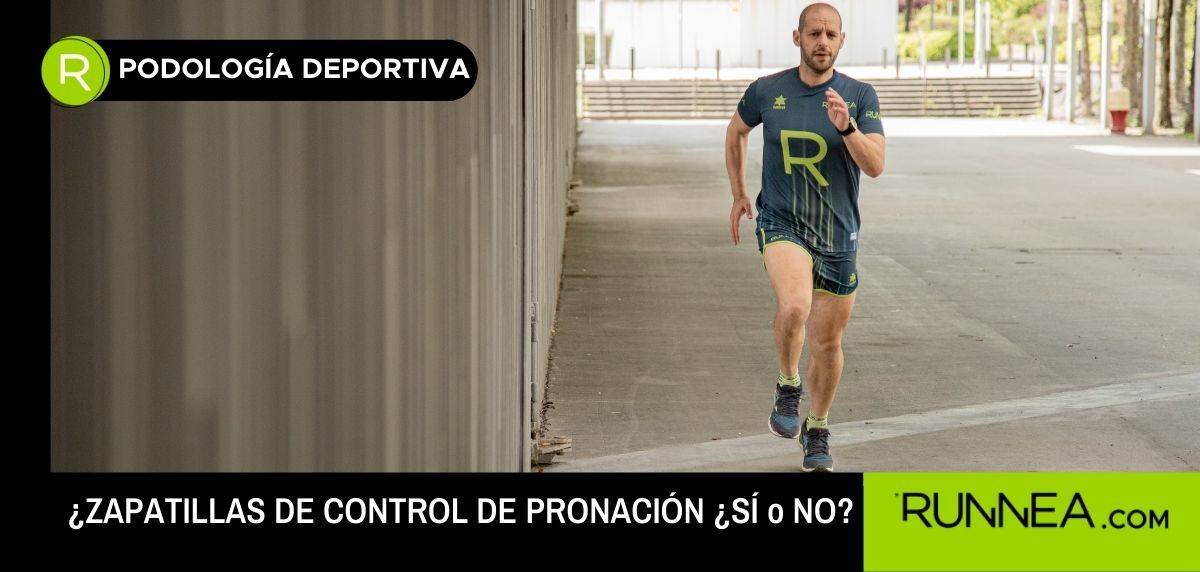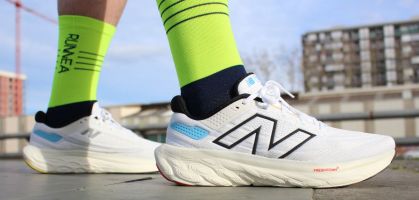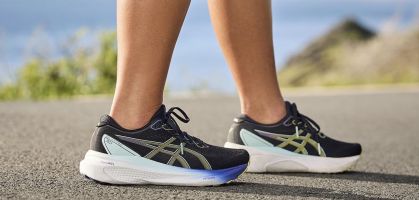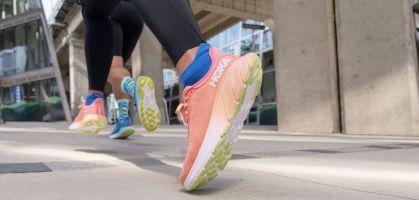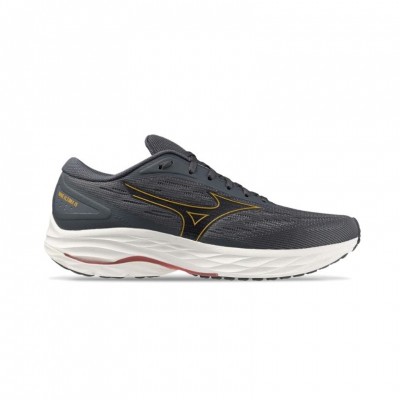New masterclass on sports equipment that we present in RUNNEA by the sports podiatrist Toni Fernández Sierra, from the PODUM clinic (Córdoba). As this is an authoritative voice, in this article of our magazine we try to answer the recurring question: How do I know if I have a pronator and what running shoe should I buy?
We already let you know that with the answers that Toni Fernandez offers us, the saying "you'll never go to bed without knowing one more thing" is fulfilled. So the interview is not wasted, because, in addition to the recommendations of this renowned professional in sports podiatry in Running shoes for runners / as pronators / as, clearing doubts about the concept of pronation, frequent injuries that are associated, prevention methods, and even that million dollar question, which refers to: is it better a pronator shoe or a neutral shoe with insoles? You will find the answer in the following lines, read on carefully. It's worth it and you won't regret the time invested!
By the way a detail that we liked from the conversation with Toni Fernandez: "we must emphasize that pronation is normal and should not be seen as something negative, so it is necessary to banish the concept of correcting, but rather to compensate for this excess of pronation". So, let's start talking properly.
What are we talking about when we talk about a runner with a pronated footprint?
The first thing to keep in mind is that pronation is a physiological movement, and totally normal. Its main function is centered on acting as a mechanism that absorbs impacts when the arch of the foot sinks when we run or walk. In this way, our foot is a fundamental section to reduce that part of that load that is produced, affects the knee, the spine or the hip.
With all this I want to say that we must banish the idea of pronation as something negative, because it is a totally necessary aspect. So we can define pronation as that physiological movement of sinking the internal arch of the foot and making a small internal rotation in order to better absorb the impacts of our footsteps.
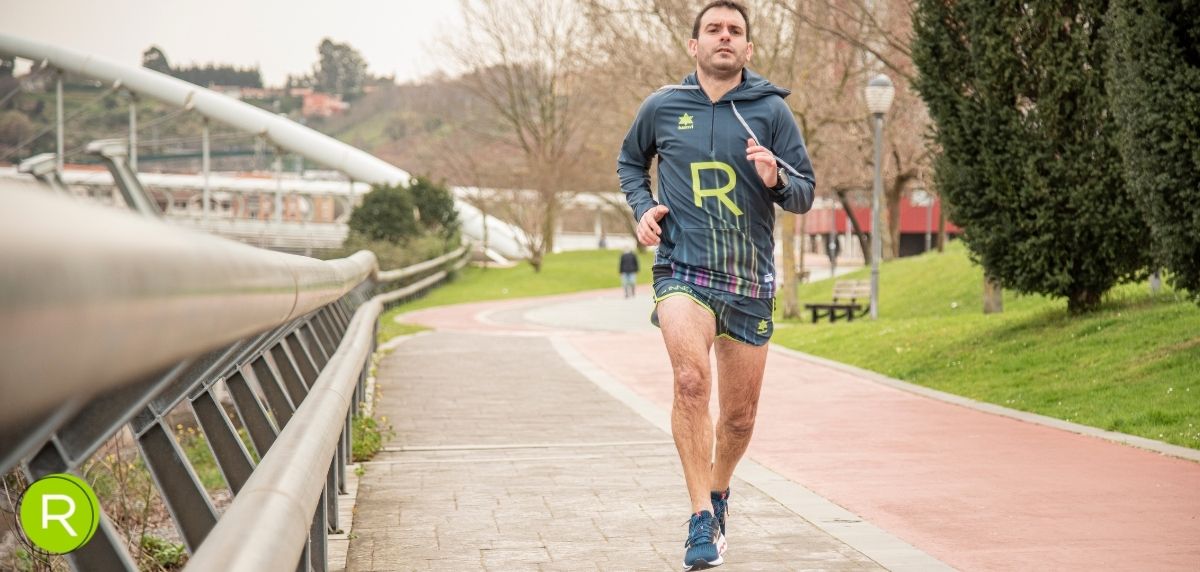
What are the most common types of injuries that pronator runners are exposed to?
We must insist and make it clear that the runner who does not pronate, does not run. If you are not a pronator runner, you will almost certainly get injured. This is the headline, but we must qualify it by stating that the term pronator is not something negative. At this point, what is really negative is excessive pronation. In this sense, the footprint presents a series of physiological degrees (between 4 and 6 degrees) with which absolutely nothing happens. However, the problem arises when these normal degrees are exceeded, and we are talking about hyperpronators or athletes who pronate much more than these normal degrees.
Having said that, the pathologies associated with pronation are going to be linked to multiple factors, because it depends on the type of footprint; on the running technique; on the surface where we run; on the running shoes we use; on the weight of the runner himself/herself. There can be many factors that favor that hyperpronation derive in a type of injury. It is also true that there are many cases of runners with excessive pronation who never get injured, because they have a series of compensatory mechanisms in their body that act as protection against this excessive pronation. In this case, the action will be focused on prevention, because it is just another physiological characteristic.
However, when you land on your heel, midfoot or forefoot, and at the same time have excessive pronation, your stride will generate a greater exposure to certain types of injuries.
- Runners who tuck their feet too far inward may have problems with plantar fasciitis, talalgias and spurs.
- The sprinters, who are great pronators, the extensor longus of the big toe present problems because they make a lot of force with it, periostitis.
- The pictures that are presented with the problems in the knee so much in the external part (in that internal rotation of the foot, the knee also is dragged with bony injuries or pinching of meniscus) and interior (injuries for tendinitis, etc, in the softest parts of the own knee).
- Injuries in the hip, because when the knee rotates towards the interior, the hip falls, and this produces injuries of bursitis, syndrome of the piramidal one, lumbalgias, etc.
All this makes it clear that this hyperpronation goes up as if it were a ladder, producing pathologies of various kinds. So, depending on these compensatory mechanisms that the athlete's body can support, it may happen that neither in the foot nor in the knee there is any injury, but nevertheless, in the hip area there is a chronic bursitis that cannot be solved.
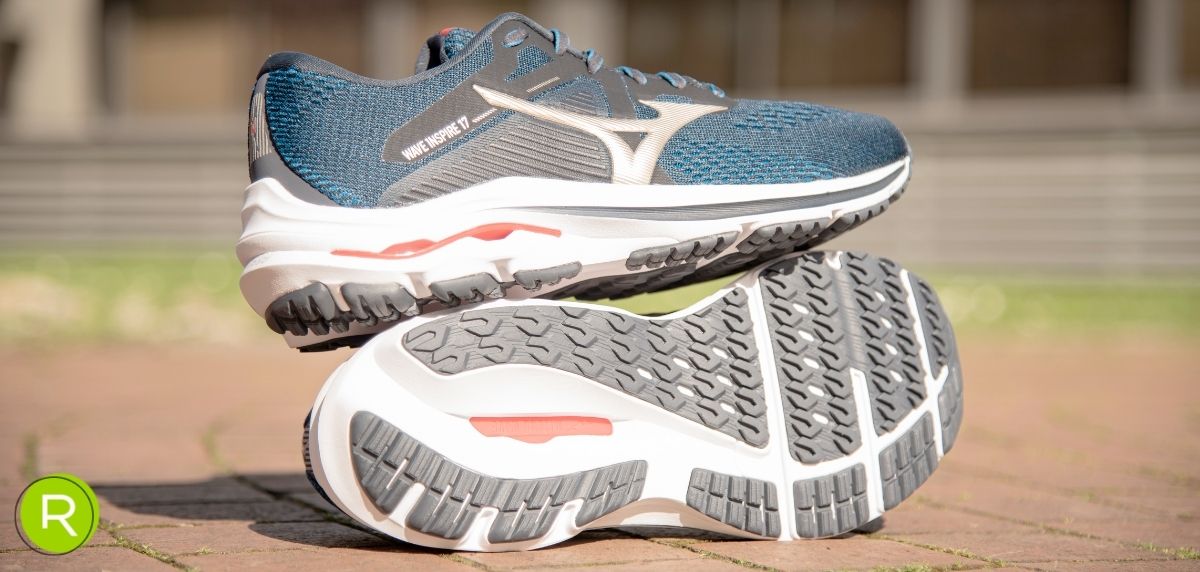
Is pronation something that can be compensated for?
As soon as we receive a patient with excessive pronation problems , we almost never recommend treatment with the use of insoles, and we focus on the following steps:
Muscle balance
The first step is to perform a muscle balance to find out which muscles are working the most and which are not. So the first tip is clear: perform exercises aimed at compensating the muscle tone, making the muscles that work the most relax, and the muscles that work the least become more active. The planning is from top to bottom, such as gluteus medius exercises to stabilize the hip, piriformis, hip and knee external rotators, for example.
It is also important to work on proprioception, or in other words the control of your musculature, especially at the ankle level.
As far as the foot itself is concerned, the focus should be on working the intrinsic musculature, because in the morphology of the foot itself there are a lot of muscles that we tend to work very little. It should even be pointed out that all these muscles become atrophied due to the use of sports shoes, which, although they may be very good for us, act as a prison for all these foot muscles.
In this way, it is also necessary to be honest, and to make clear that in the majority of the cases the problem of pronation cannot be corrected, but it can be compensated by doing a specific work of the musculature.
Footwear recommendations
We will see it later, but the pronator runner should run with the most appropriate running shoe for his/her running profile, as well as for his/her needs. We will see it in the next lines.
Weight control
It is an important recommendation for overweight people to lose weight, because it is very difficult to control excess pronation if the athlete does not stay at an ideal weight, more or less. Although it is also true that it is the whale that bites its own tail, because many runners start running precisely to lose weight. Here, the alternative is to develop low-impact sports activities, and when the weight is under control to set the goal of starting to run.
Running technique
It is a fundamental section, but this does not mean that the running technique is unique and universal. Therefore, this section depends on each individual, and the running technique will be vital, as long as the structure is adapted to the technique to be developed. The example is more than obvious: the runner who enters on the heel and wants to run on the forefoot will only run 3 kilometers, but will run more kilometers if his technique is more focused on supporting with the midfoot or the heel.
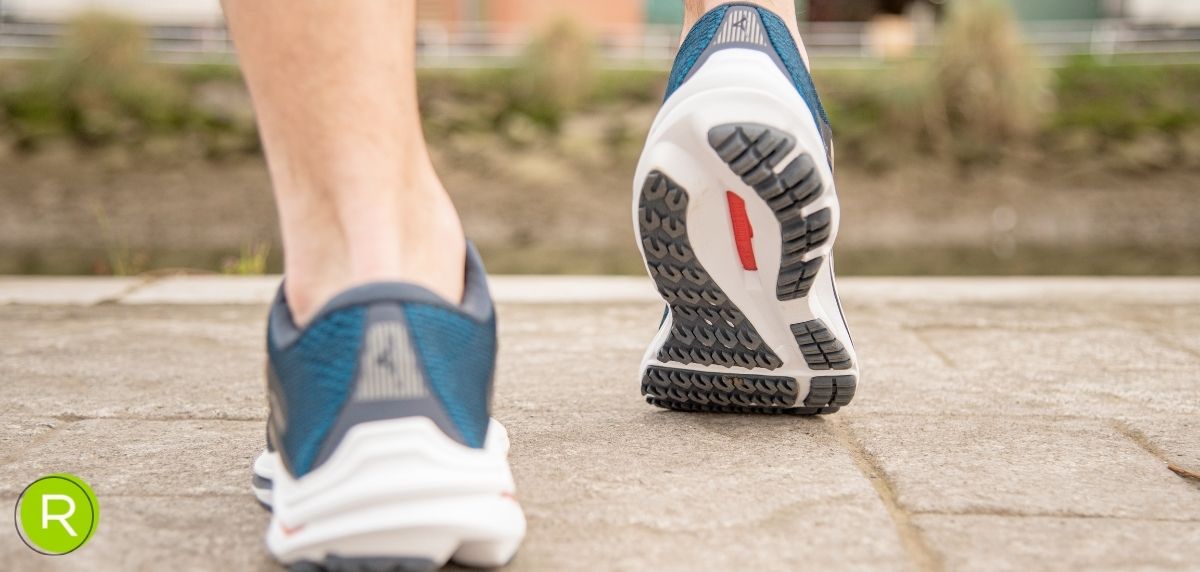
Pronator or neutral shoe with insole: Which one should the pronator runner choose?
This is a tricky question and it is necessary to start at the beginning. There is no 100% pronator shoe on the market today. However, what we can find are running shoeswith more or less control of torsion or pronation, because they use different densities of foams. But in no case do they make the foot vaya outwards when the rotation is inwards, what they do do is stop the pronation movement. It is a small detail but it is worth pointing out, because it opens up a wide range of possibilities when using a pronator or neutral shoe with an insole.
In this sense, the explanation is as follows:
A well-balanced runner - optimal running technique, light weight and aligned structure - and present that excessive pronation frame, a shoe that provides torsion control and pronation control; or even that neutral shoe with midfoot support will be more than enough. Except for sprinters, who will need extra support to avoid periostitis, for example.
When the profile of the runner has a poor running technique, is overweight, or is just starting to run, he/she will need the use of insoles, or a pronator shoe with a lot of pronation control.
In general, a neutral shoe with an insole is ideal. However, if the profile is that of a light runner with a mild pathology, a pronation control shoe without an insole will be sufficient. However, runners who get a lot of injuries will need everything: insole, pronator shoe, running technique, etc. So the use of one type of running shoe or another will depend on the profile of the runner in front of us.
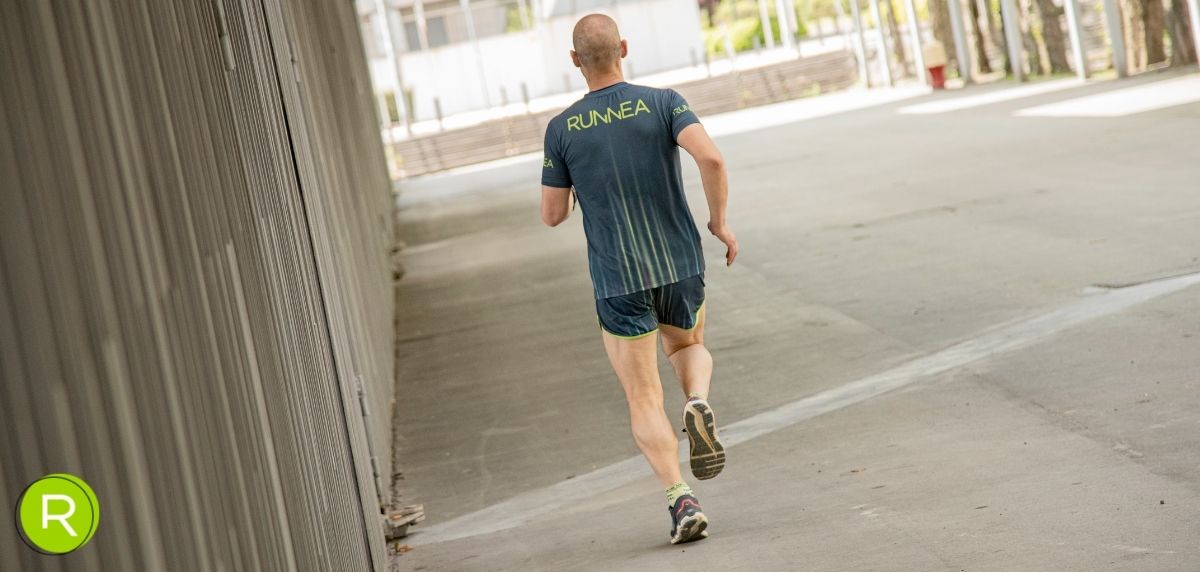
What are the important keys to choosing a running shoe with pronation control?
Several simple things to apply when choosing a running shoe for overpronators.
- Shoe above your own weight, especially for those runners who are prone to over-pronation injuries.
- Observe the shoe to see how the material behaves, and if the shoe starts to crack on the inside, the recommendation is to get a new pair. Because today's models no longer last as long as they did three years ago, and future models will probably last even less.
- Do not mix midsole thickness or high cushioning capacity with unstable models. The current trend among brands is to oversize the midsole and there is a feeling of instability, but this is not entirely true. The recommendation cannot be other than acquiring models with a wider base to increase the surface area, and therefore have greater control.
- However, the detail to take into account to know if these shoes with more foam can fit the pronator / a is that they do not flex in its central part, because they will be able to withstand the excess of pronation, and we will last longer.
Best Running shoes for pronator runners
Finally, we come to the section on specific recommendations for pronation control shoes, and these are the options that our head sports podiatrist, Toni Fernández Sierra, from the PODUM clinic, likes the most. Mostly geared towards daily training shoes.
New Balance Fresh Foam X 860 v12
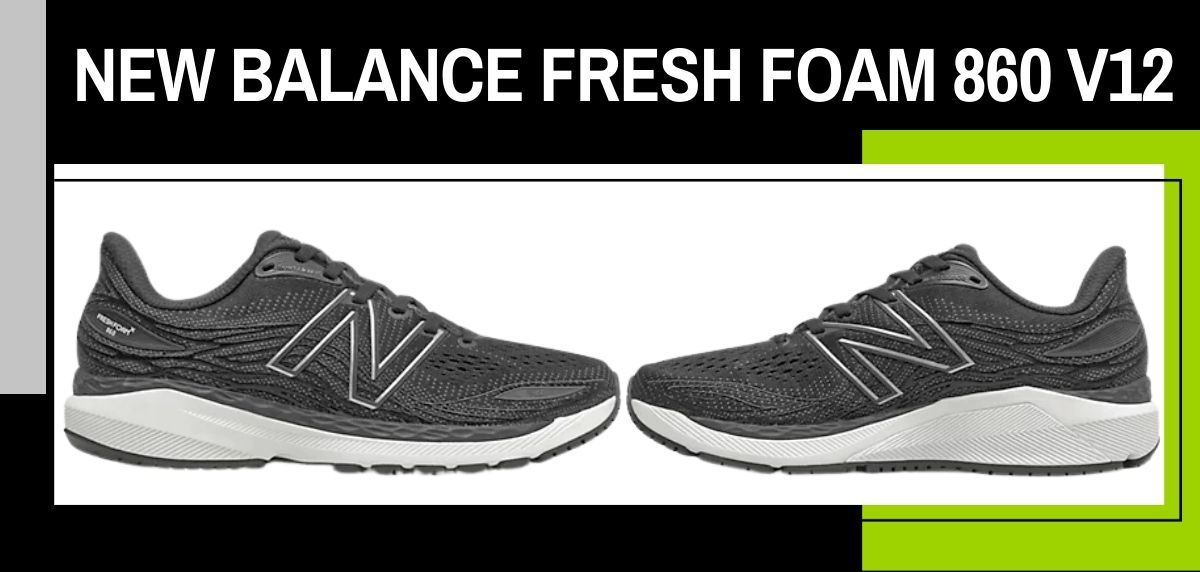
The latest update of the New Balance Fresh Foam X 860 v12 positions it as one of the most reliable options as a training shoe for stabilizing overpronation at a moderate level. Best of all, that stability means no loss of cushioning and comfort with every mile.
Mizuno Wave Horizon 5
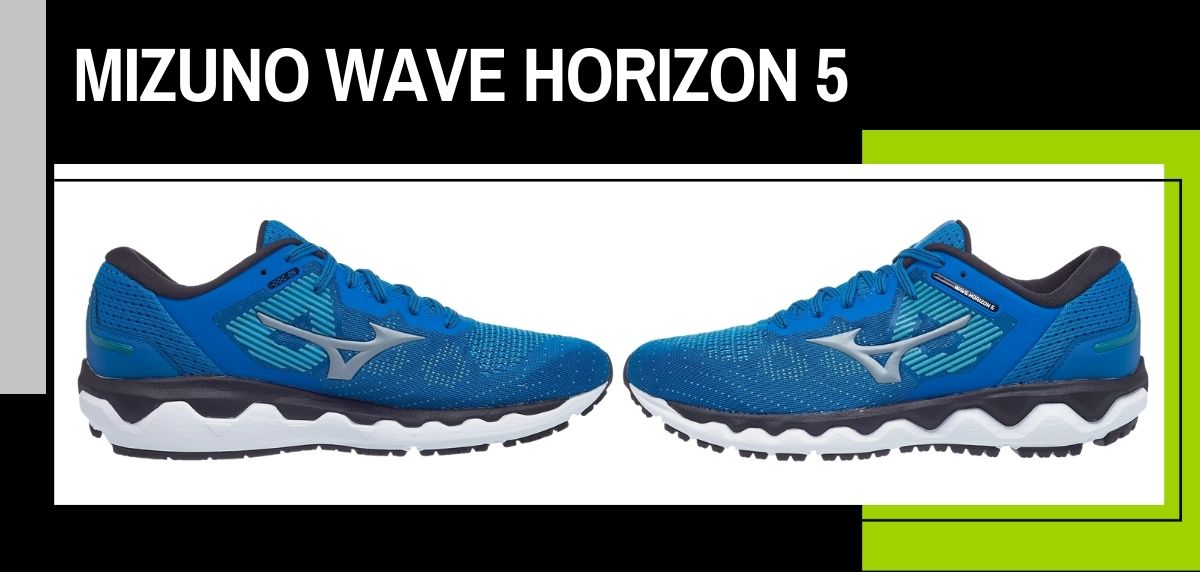
The Mizuno Wave Horizon 5 is that model that can fit very well to heavy runners, over 85 kilos and climbing, because they offer maximum stability in the midfoot area, but also a high degree of cushioning, and of course is not exempt from offering optimum comfort.
Mizuno Wave Inspire 17
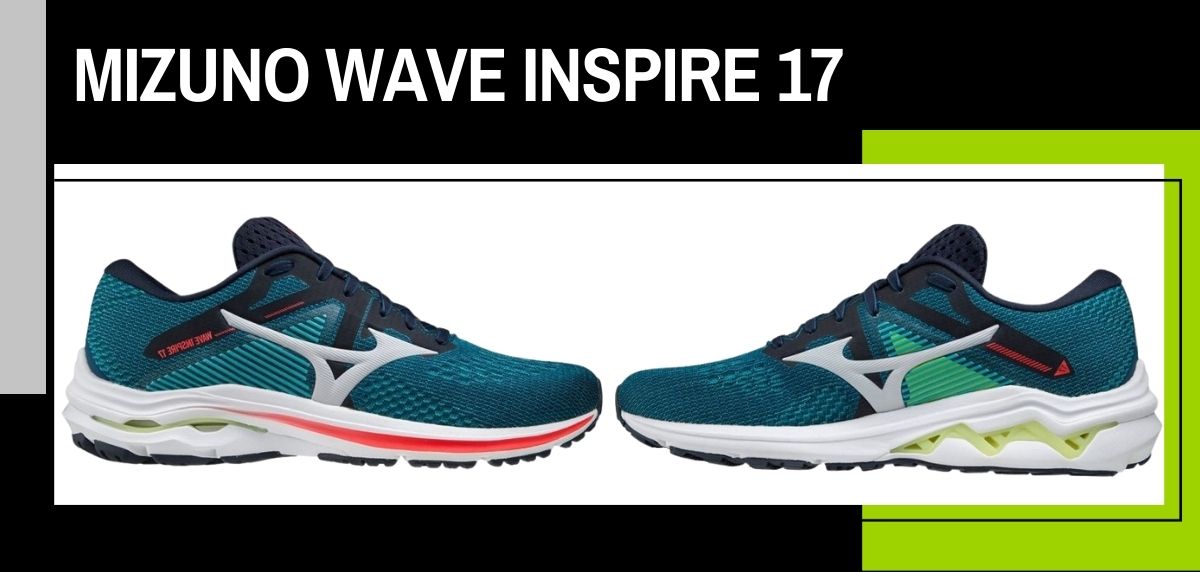
Another pronator option from the Japanese high-top brand is the Mizuno Wave Inspire 17, but it is more suitable for a lighter running profile than the fifth version of the Wave Horizon. Especially conceived for medium and rear pronators. The arguments that will make you fall in love with these Wave Inspire 17: the Wave platform, in the shape of a double fan; the Mizuno Enerzy foam; and its renewed upper to improve breathability. All the stability you need without sacrificing comfort.
adidas SolarGlide ST 4
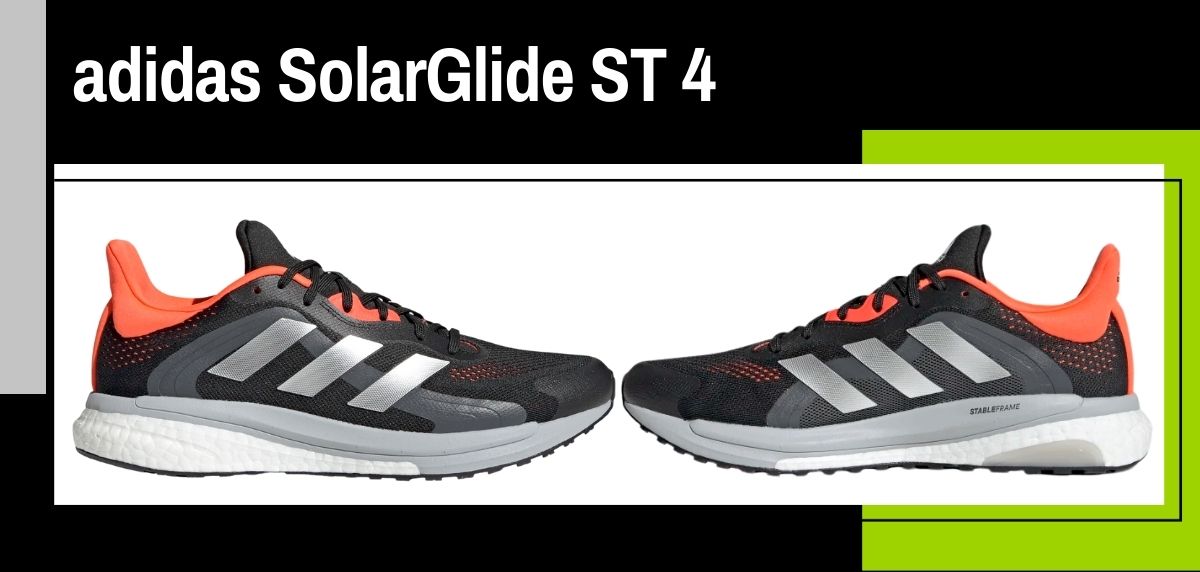
What will make you decide to wear these adidas SolarGlide ST 4 is that combination of stability, comfort and dynamism to face each of your long distance workouts. Its torsion system, coupled with the Boost technology, is able to promote smoother transitions from heel to forefoot.
Saucony Guide 14
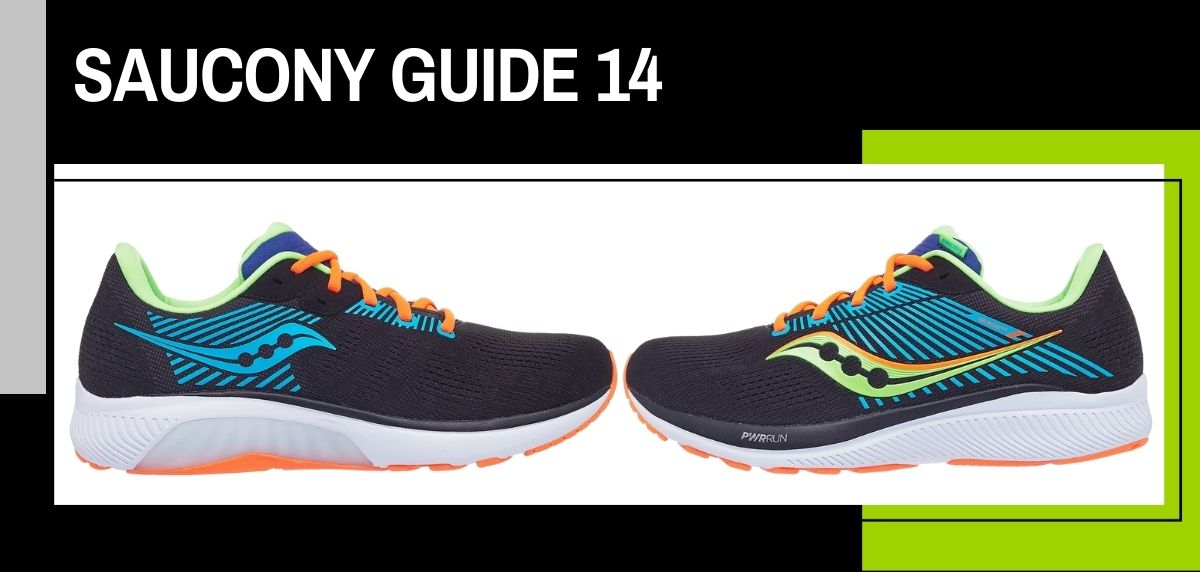
One of the options from the American brand for that medium pronator and lightweight profile. In fact, this Saucony Gudie 14 is presented as one of the best silhouettes on the market as a training shoe for women runners who require moderate to moderate pronation control. Its most outstanding features: soft, agile and dynamic cushioning with stability, and a new upper that improves aerodynamics and brings less bulk.
Saucony Omni 20
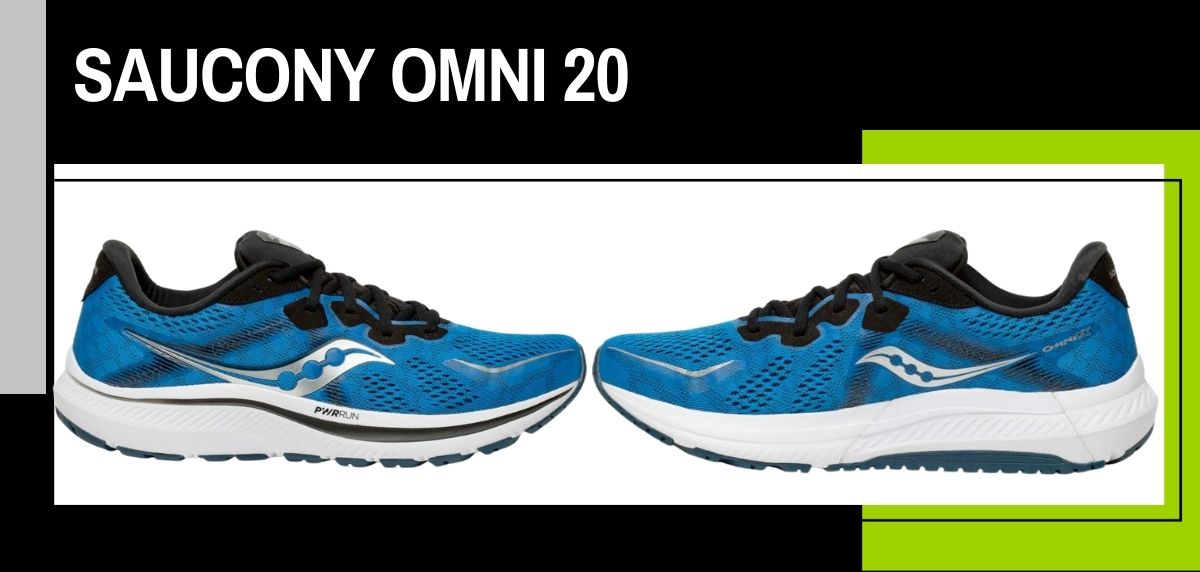
Unlike the Guide, the bulkiness of the Saucony Omni 20 is obvious. Although you can feel that this is a training model for all intents and purposes, the perfect balance between cushioning and responsiveness stands out for its design and performance. Obviously with a level of stability that few silhouettes can match. It is also a perfect choice for lovers of long walks and strolls through the city.
Joma Hispalis XXII
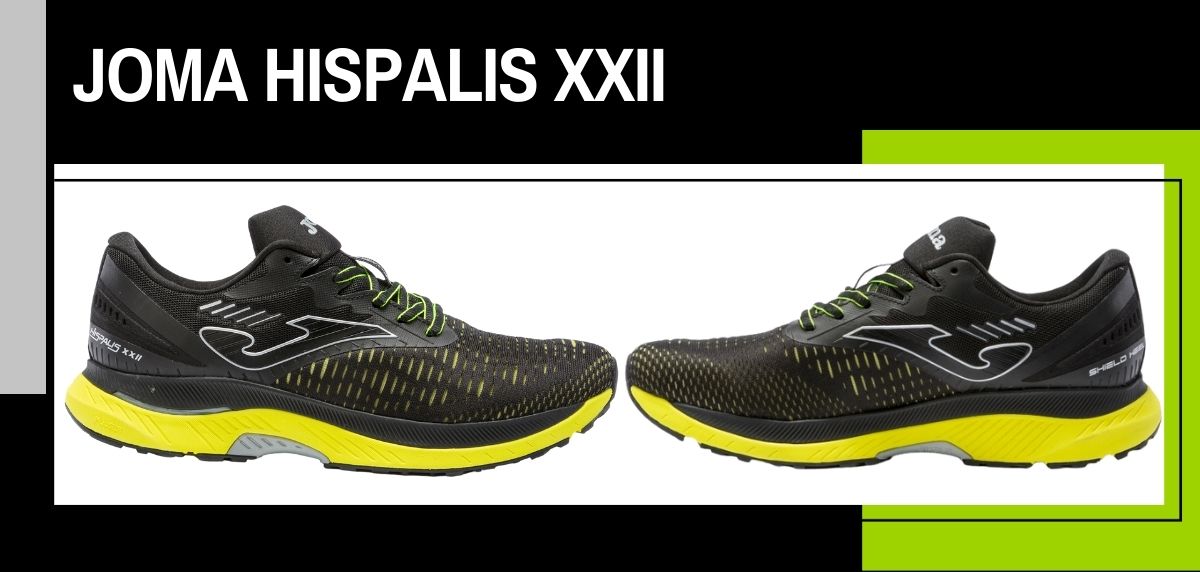
More interesting options that do not go unnoticed for runners or walkers, because these Joma Hispalis XXI have everything a shoe needs: cushioning, stability and comfort to carry out all types of training on asphalt. Now, with its new version even the statics and response of the model have changed. We skip a bit the script because it is not a pronator shoe, but it does offer the necessary support for the whole group of mild pronators.
HOKA Gaviota 3
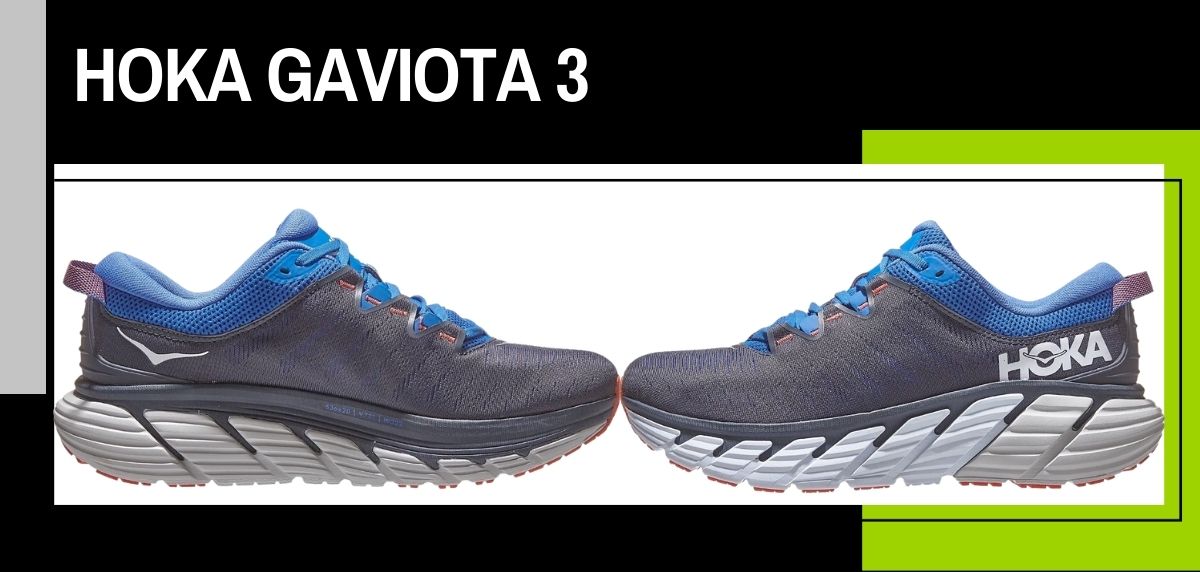
Within this particular selection by Toni Fernandez Sierra, our trusted sports podiatrist, the performance of the HOKA Gaviota 3 is one of the fastest options for rather light runners with an optimal running technique, but who require moderate pronation control. More foam in the midsole and a redesigned upper are the keys to the Gaviota 3 remaining a benchmark for runners looking for stability and responsiveness.
HOKA Arahi 6
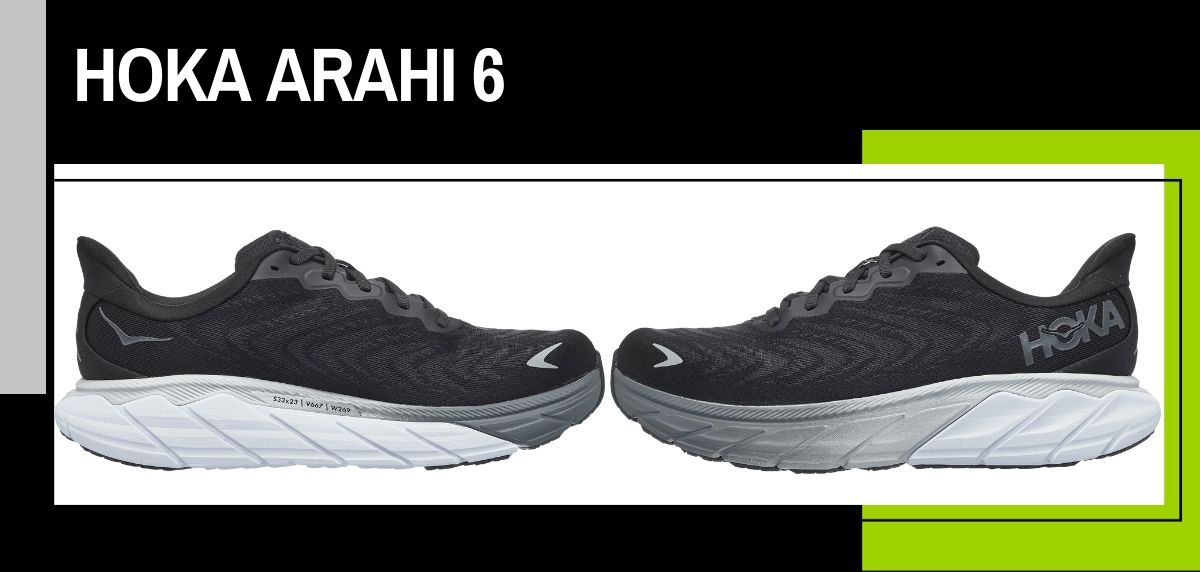
More pronator bets from the North American brand are the HOKA Arahi 6, as a recommended option for rear pronators, and in this sixth version of the HOKA Arahi they will find the perfect balance between support and cushioning with a reduced weight. Its ideal profile: medium to heavy runners for long distance training runs.
Brooks Beast 20
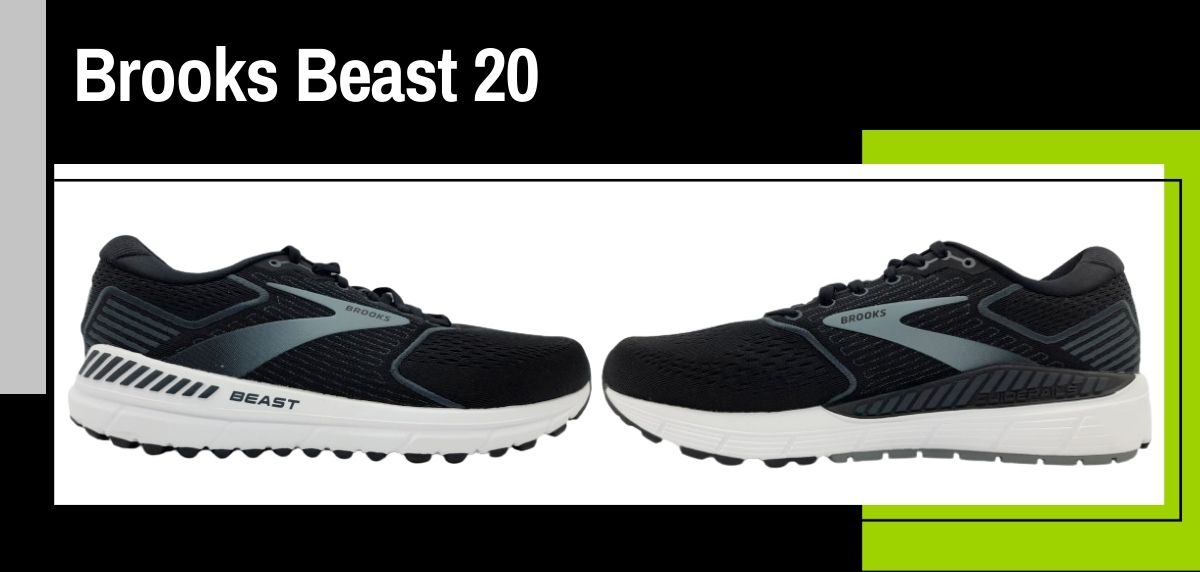
Perhaps not as media-friendly as other Brooks Running models in the same category, the Brooks Beast 20 is designed for severe overpronators, and has been updated with a softer foam for more flexible, comfortable and smoother transitions with every stride, improving running sensations.
Nike Structure 24
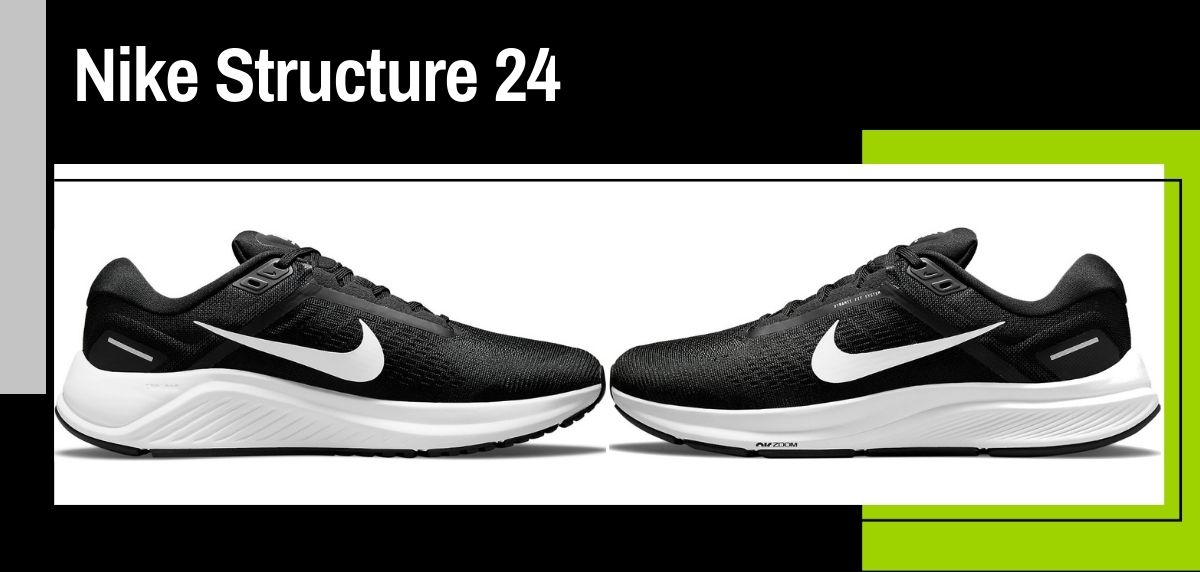
And finally, an option suitable for mild pronators and being the brand that it is, it could not be other than the Nike Structure 24. Synonymous with stability and reactive cushioning with the latest update of this model of the Oregon brand. The firm midsole foam with the Zoom Air unit in the forefoot ensures that balance of optimal cushioning and a more dynamic response from the shoe.
Surely some of them have been left out, but here is a small sample of the shoes with optimal pronation control that can fit you, always taking into account your own profile of runner, so let's get down to business, calmly and with good handwriting, courage!
Read more news about: Running News
